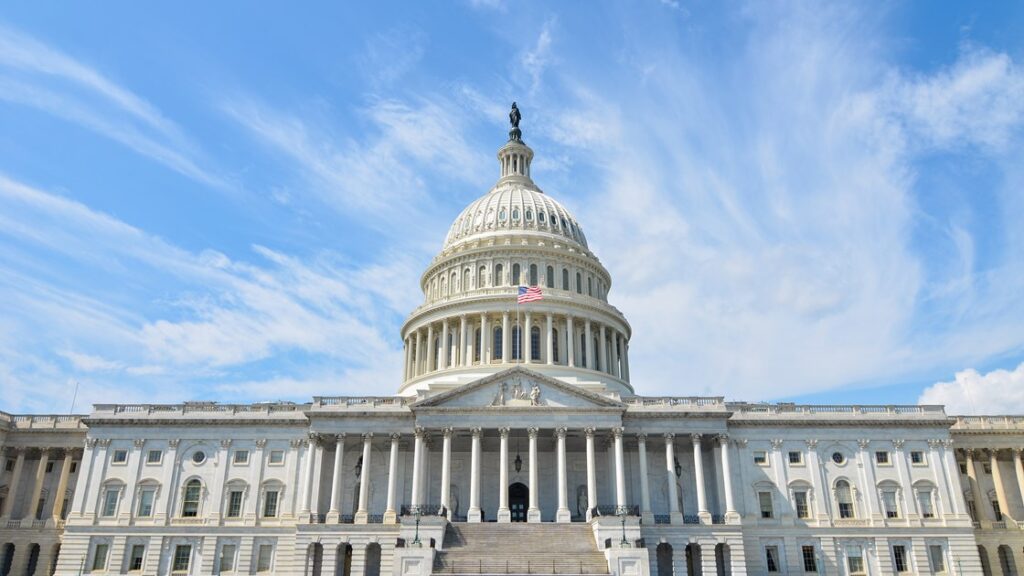The yield on the government note benchmark dropped on Tuesday, following a report that showed fewer job openings than expected, indicative of an economic slowdown.
The 10-year Treasury yield, which affects mortgage and credit card rates, fell to 4.171% from 4.286% on Monday, reaching its lowest point since August 31.
Lower bond yields benefit investors by increasing the value of bonds in portfolios and make stocks more appealing. Additionally, they can lower borrowing costs for those seeking loans. The decline in yields was influenced by the latest Job Openings and Labor Turnover Survey, which revealed fewer job openings in October compared to expectations.
The Federal Reserve closely monitors labor market and inflation data, having raised interest rates multiple times to combat inflation. The 10-year Treasury yield has been decreasing since its peak in October, partly due to the Treasury Department’s announcement of a slower pace of debt increases. Lower inflation rates have also contributed to the decline in yields, as they improve real returns on bond portfolios.
Furthermore, investors have taken notice of the potential for the Fed to lower interest rates next year, as indicated by Fed Gov. Christopher Waller. The upcoming release of the November jobs report will provide further insight into the state of the economy and its impact on yields.






